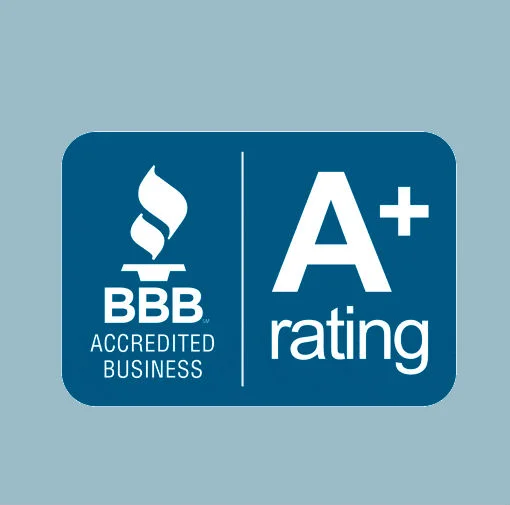How To Start Getting Patients From Your Healthcare Website TOMORROW
 Advertise your website on Google, Yahoo and other platforms to target local patients looking for your services.
Advertise your website on Google, Yahoo and other platforms to target local patients looking for your services.
Editor's note: This article is the first of a series about how to drive traffic to your healthcare practice website.
U.S. Internet users conduct 5 billion searches every month directly on major search sites. Furthermore, a recent Harris Interactive Poll reported that more than 80% of consumers now research health information online.
Imagine how many of those Internet users are actually prospective patients in your area looking for the services you offer.
So why are YOU missing out?
Obviously, you can't take advantage of any of this traffic if you don't have a well-designed healthcare organization or practice website. If that's the case, now would be the time to get one. (We can help you get a great website if you like - simply call us.)
But let's assume for the purposes of this discussion that you already own an excellent website.
If you are like most practitioners, the response to your website so far has probably been completely underwhelming. You built it, and to your surprise, they DID NOT COME. In fact, as the years have passed, you have probably given up on the Web.
That's not to say that no one generates patients from the Web. Perhaps 4% of doctors and providers are quietly generating terrific patients - and profits - from their websites.
Fortunately, there is an easy solution available to you which will blow those virtual tumbleweeds off of your website, and finally turn it into a thriving new patient generator.
Pay-Per-Click advertising empowers you to reach your patients at the exact moment they’re looking for your services.
You may have noticed those little ads above and to the right of search results whenever you use a search engine. They are typically denoted with terms like "sponsored links" or "sponsored results."
It turns out that those little ads are an enormous opportunity for you.
While it typically takes months or even years of hard hard effort and luck to be listed anywhere in the top 10 of organic (free) search results, you can start attracting patients TODAY by taking advantage of pay per click ads (also known as Search Engine Marketing or SEM.)
What's more, most search engines have joined major networks headed up by Google, Yahoo and MSN. In other words, once you contract with each of these providers, you will get immediate access to hundreds of search engines, and will be visible to almost all searchers.
Each network operates differently, and there are specific strategies that work for each of them. In fact, an entire industry has quietly grown up around pay per click.
We can't hope to teach you enough in this article to outwit the professionals in this arena, but at least we can give you some great tips.
- You can target your ads geographically, so you'll only pay for clicks from prospective patients in your area.
- Keywords are the name of the game. All the networks have keyword generators, but real success lies in brainstorming every possible phrase searchers might use to find you. At a minimum, you should have 300 keywords, and 1,000 or more is much better.
- Ads need to be direct response oriented. Ideally, you should have a powerful headline, an offer and call to action.
- Bidding amounts for most private practices will generally range from about ten cents to a couple of dollars per click. When possible, bid more on keywords most relevant to your practice.
- You should make sure visitors are directed to a page on your web site where it is obvious that you are local. Web surfers are impatient, and will quickly move on if you don't have a local address prominently displayed on your website.
- Tracking is key. You need to track results and continually optimize your campaign.
This is an area where it doesn't make sense to be a "do-it-yourselfer"
If you really want to try pay per click advertising on your own, email us and we will send you links to each of the major networks so that you can contact them directly.
However, at the risk of sounding self-serving, this is one area where it is ridiculous for private practitioners to become do-it-yourselfers.
Why?
Because it simply doesn't make economic sense.
You can sign up easily enough , but the truth is, assuming you are more talented than most, it will take you months of time and energy to get up to an average level of competence. Plus, beginners are certain to make a lot of costly mistakes along the way. Besides, you already have plenty of other, more important things to do.
The good news is, we have recently partnered with one of the nation's leading pay-per-click companies, so we can now do everything for you. Better still, because we have access to volume discounts with the search engines, you'll end up saving money in the long run. (Think travel agents.)
With HealthCare Success, you can easily advertise on ALL the major search sites and attract targeted patients to your practice.
We've made it easy for you to get your practice found. Here's how:
- Prospective patients will see your ad next to relevant search results they’ve requested on the major search engines including Google, Yahoo, MSN, SuperPages, AOL, Altavista, AskJeeves and others.
- Whether you’re looking to attract thousands of new patients or just a few, we can help you reach them on a neighborhood, city, state, or national level.
- You set the monthly budget as high or low as you like. In some cases, you can get started for just a few hundred dollars.
- You only pay for visitors who search for your services online, look at your ad AND choose to enter your site. You decide what you’re willing to pay each month on your ad, and we distribute that amount evenly throughout the month to insure that your ad displays consistently. That means you’re investing in definite leads, not hit-or-miss ads.
- Campaign Management, Tracking & Optimization - With advanced tracking tools and experienced analysts, we keep a close watch on the effectiveness of your campaign to determine which of your keywords are generating the most clicks and which are converting to phone calls, emails and appointments. In addition, your campaign is continually altered and refined to drive even better results.
- Finally, we will send you summary reports as often as you like - on a daily, weekly or monthly basis.
Related Articles:
How to Drive New Patients to Your Practice Website Tomorrow [Part Two]
Guerilla Tactics to Generate Traffic to Your Practice Web Site
Your Patients are Looking for You on the Web. Are You There Yet?


 Advertise your website on Google, Yahoo and other platforms to target local patients looking for your services.
Advertise your website on Google, Yahoo and other platforms to target local patients looking for your services.






